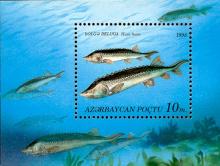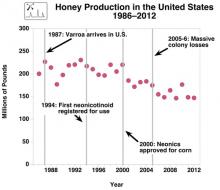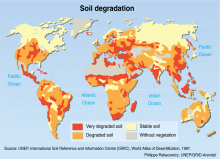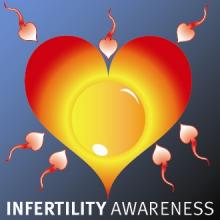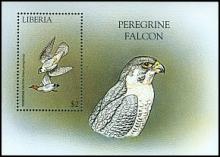Quail numbers flying toward extinction
- Read more about Quail numbers flying toward extinction
- Log in to post comments
Bobwhite quail (Colinus virginianus), arguably the most recognized and revered game bird in the nation, has seen its wild population free-fall over the past half-century or so. In some states within the birds' native range, which covers most of the United States from the Atlantic seaboard to the Great Plains, bobwhite numbers have declined by as much as 90 percent or more. That includes states such as Georgia, Mississippi and South Carolina, where wild quail were so abundant they were a part of the region's cultural and social fabric. In some states where the birds were relatively abundant as recently as 30 years ago, bobwhites are considered "recreationally extinct," their numbers so low that hunting seasons have been either suspended or, if hunting is allowed, almost no wingshooters pursue the iconic game bird. No region of the bobwhites' range has escaped the collapse, including Texas. The statewide bobwhite quail population has, by some estimates, declined 70 percent or more over the past 60 years. In parts of Texas, the birds have all but vanished; East Texas and the Post Oak Savanna, which held fairly healthy bobwhite populations into the 1960s, are almost wholly devoid of wild quail, and the Blackland Prairies and Edwards Plateau regions hold only scattered, isolated islands of quail.




